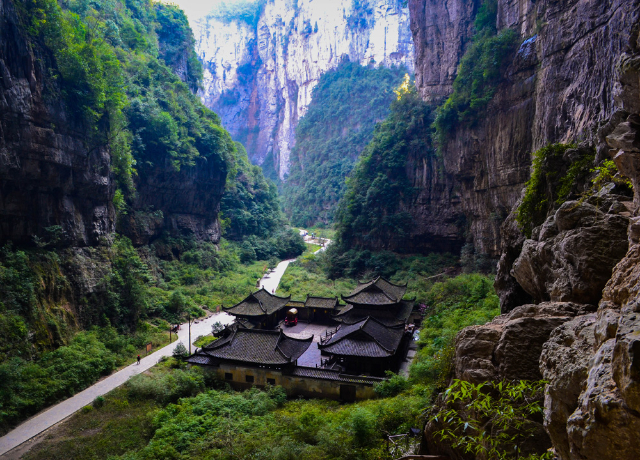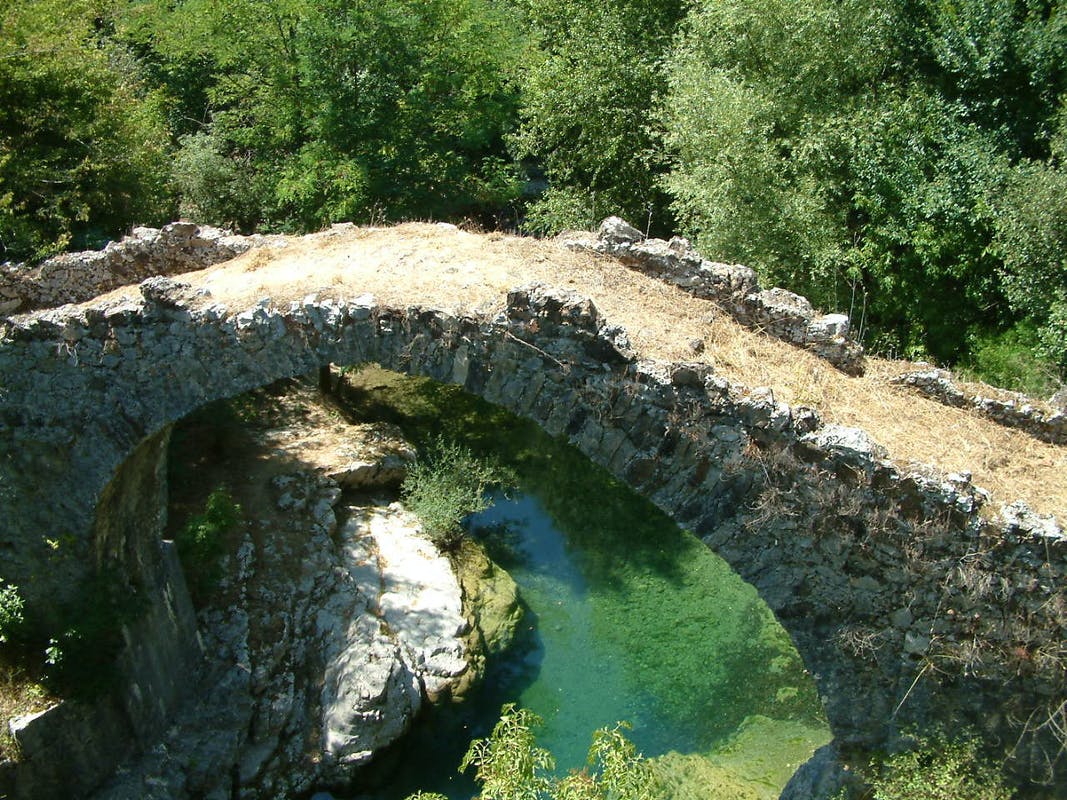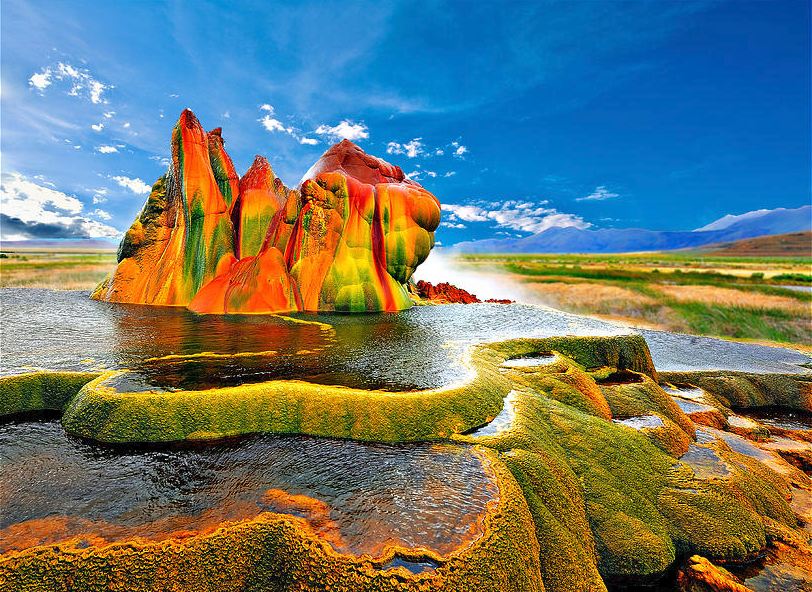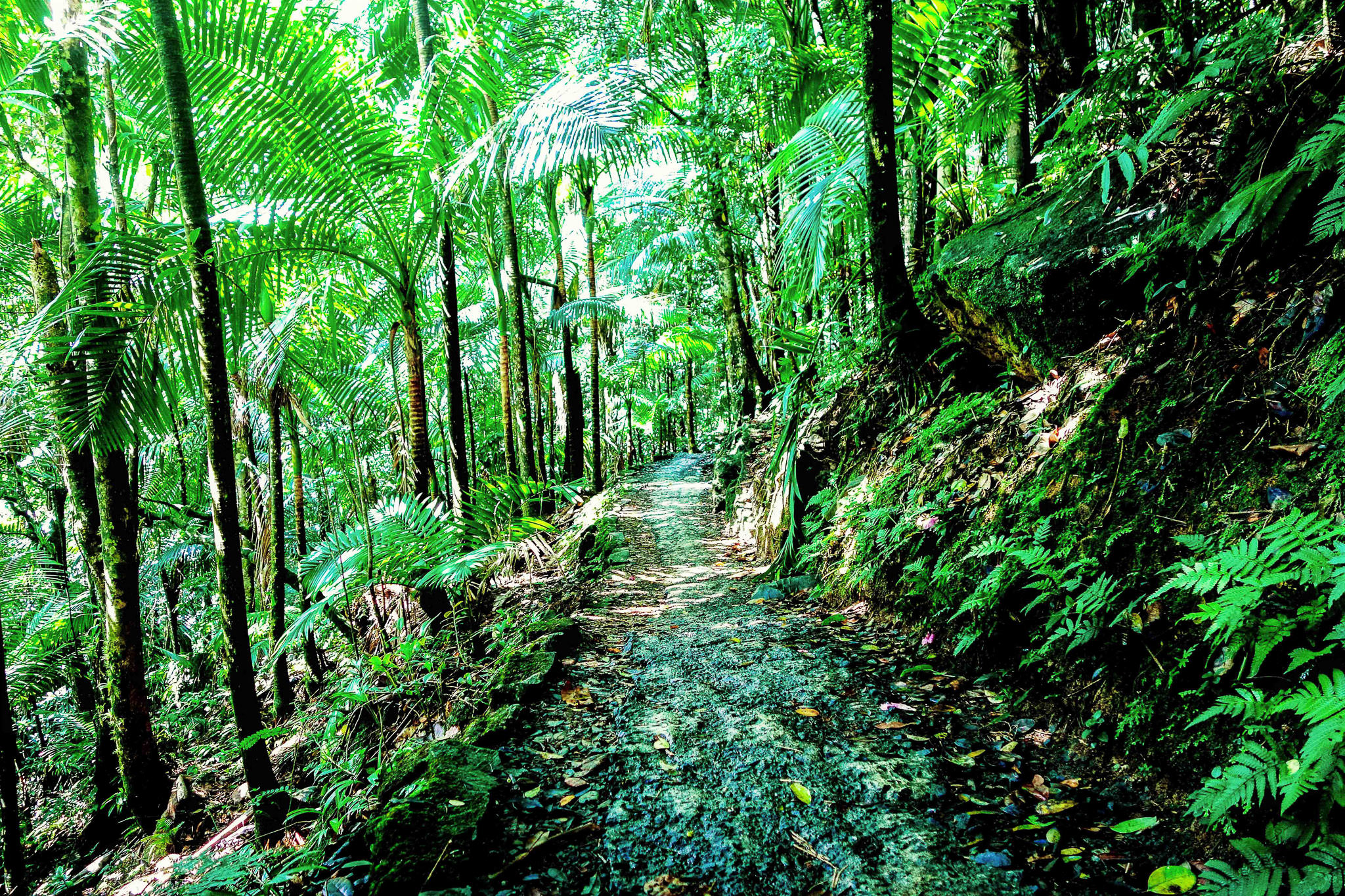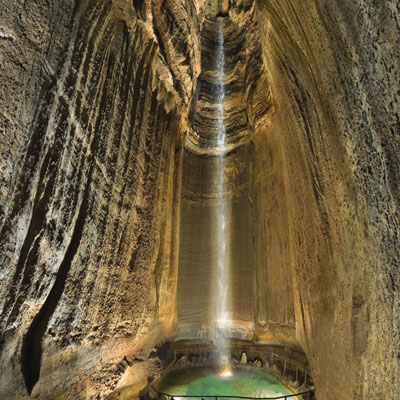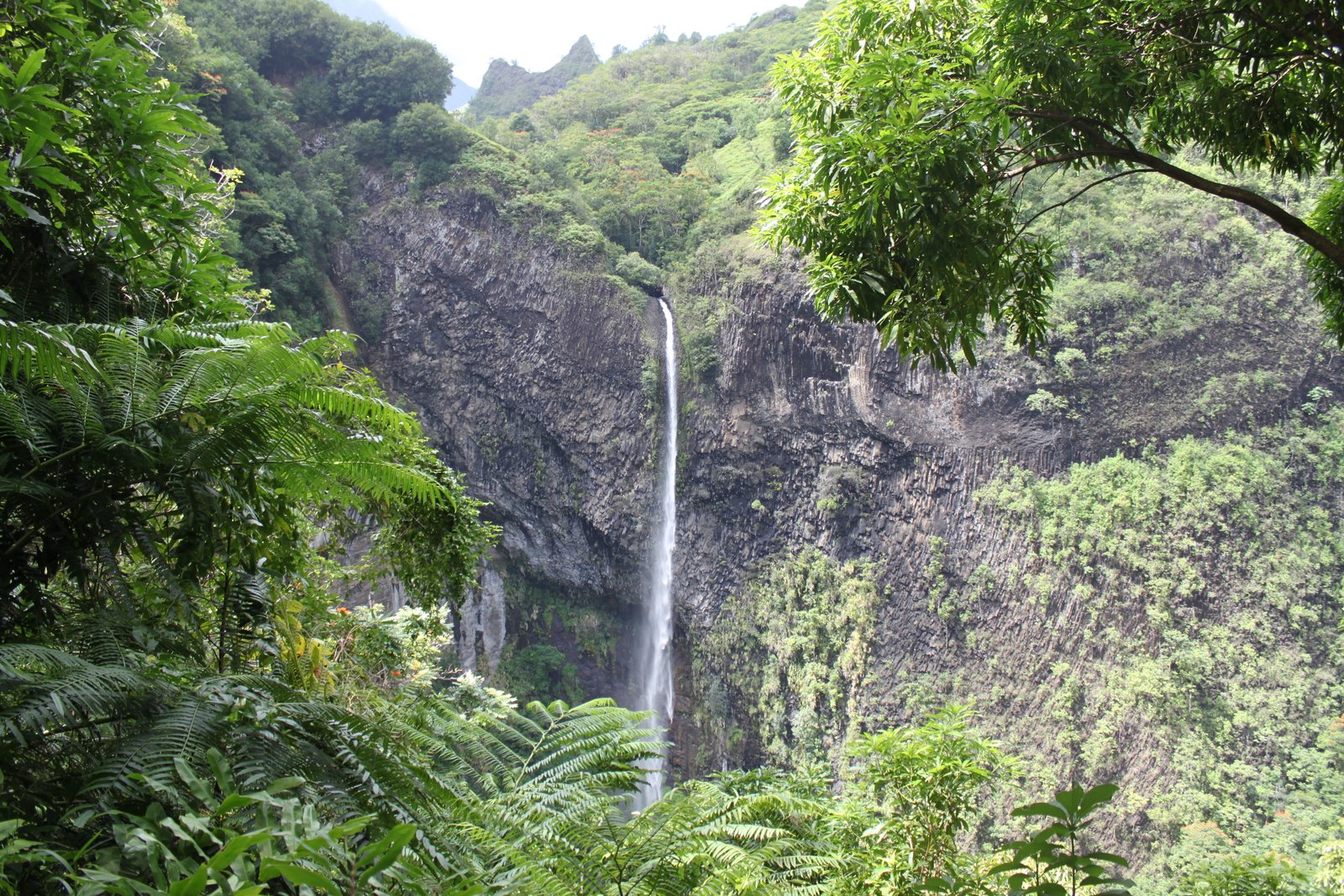Wulong Karst, located in Wulong County of Chongqing, China, is a remarkable karst landscape known for its unique geological formations, including towering limestone karst peaks, vast sinkholes, and impressive natural bridges. The Wulong Karst was designated as a UNESCO World Heritage Site in 2007 as part of the South China Karst, a broader region recognized for its outstanding karst features.
Key attractions within the Wulong Karst include:
-
Three Natural Bridges (Tianlong Bridge, Qinglong Bridge, and Heilong Bridge): These natural limestone bridges are iconic features of Wulong Karst. The bridges span deep ravines and are formed by the erosive forces of water over millions of years.
-
Furong Cave (Furong Cave Scenic Area): This expansive limestone cave system is known for its stalactites, stalagmites, and various underground formations. The cave has well-developed walkways and lighting systems for visitors to explore its unique subterranean landscapes.
-
Qingkou Tiankeng (Qingkou Sinkhole): This massive sinkhole, also known as the Qingkou Tiankeng, is one of the largest in the world. It’s a collapsed cave chamber that reveals the underlying karst topography.
-
Fairy Mountain (Xianfeng Mountain): This scenic area features surreal limestone formations resembling fairy-tale landscapes. The rugged peaks, deep valleys, and dense vegetation contribute to the enchanting atmosphere.
-
Longshui Gorge (Longshui Gorge Scenic Area): The gorge is renowned for its steep cliffs, clear rivers, and lush greenery. Visitors can take boat cruises to appreciate the stunning scenery along the gorge.
Wulong Karst is not only a geological wonder but also a cultural and ecological treasure. The area attracts nature enthusiasts, geologists, and tourists seeking to explore the beauty of China’s karst landscapes. The karst features, coupled with the rich biodiversity and cultural heritage of the region, make Wulong Karst a fascinating destination for both domestic and international travelers.

